In this captivating exploration, we venture into the realm of nature’s most extraordinary creations, where petals unfurl like vibrant tapestries and fragrances fill the air with intoxicating allure. You’re going to step into a botanical wonderland where giants of the floral kingdom reign supreme showcasing their breathtaking beauty and defying the boundaries of the ordinary.
Prepare to be mesmerized as we embark on a journey through stunning landscapes, unveiling the secrets of these majestic blooms that have captured the imagination of artists, botanists, and dreamers alike. Here, you can witness the spellbinding spectacle of 9 exceptional flowers, each with its unique story, exuding a captivating charm that transcends the boundaries of imagination.
Join us as we unravel the mysteries of these extraordinary blossoms, and let their ethereal presence transport you to a world where nature’s magic knows no bounds.
#1. Corpse Flower (Amorphophallus Titanum)
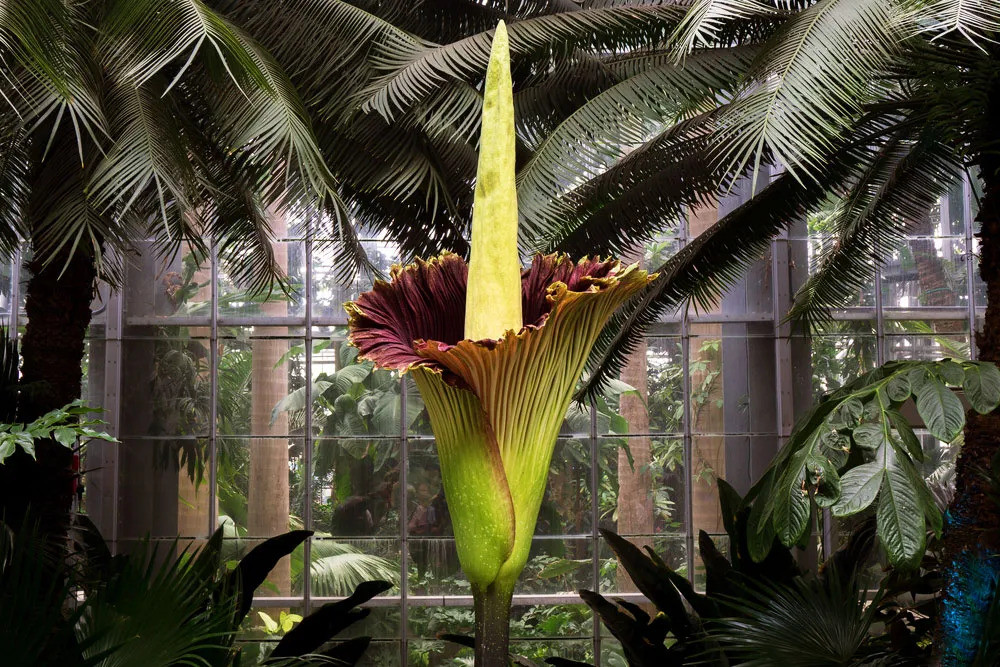 Source: Britannica
Source: Britannica
Amorphophallus Titanum, is a fascinating and rare plant renowned for its distinctive odor and colossal size. Native to the rainforests of Sumatra, Indonesia, this plant has gained worldwide attention due to its infrequent and dramatic blooms.
This is a colossal flower that can grow up to 10 feet tall. Its petals are a vibrant shade of crimson, and its fragrance is said to be intoxicating. This rare flower blooms only once every five years, making it a highly sought-after botanical wonder.
#2. Rafflesia Arnoldii (Stinking Corpse Lily)
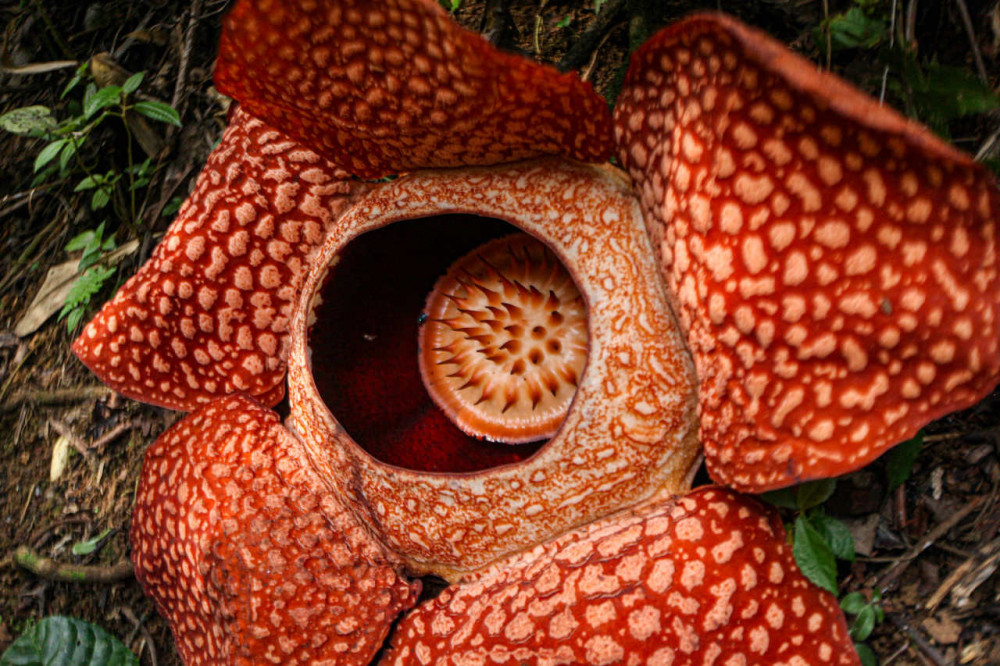 Source: National Geographic en Español
Source: National Geographic en Español
Rafflesia Arnoldii is a fascinating and highly distinctive plant known for producing the world’s largest flower. It is native to the rainforests of Southeast Asia, particularly in Indonesia, Malaysia, and Borneo. The Rafflesia Arnoldii is a parasitic plant that has no visible leaves, stems, or roots. It spends most of its life embedded within the tissues of a host vine belonging to the Tetrastigma genus.
#3. Victoria Amazonica (Water Lily)
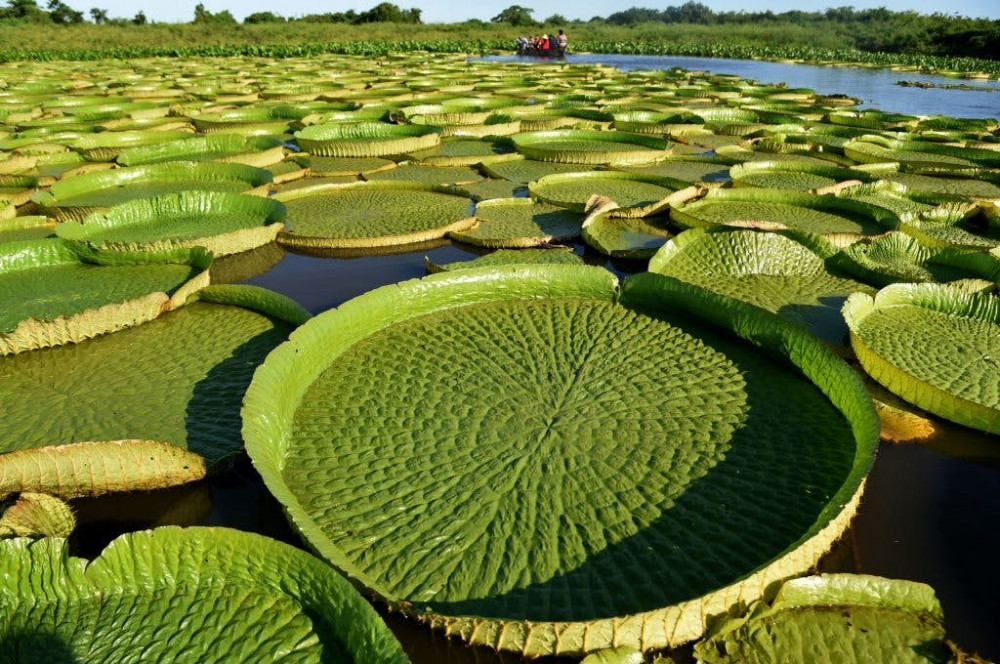 Source: Lonely Planet
Source: Lonely Planet
Named after Queen Victoria, this species is renowned for its enormous circular leaves and stunning flowers. The Water Lily has leaves that can grow up to 10 feet (3 meters) in diameter, making them the largest lily pads in the plant kingdom.
The leaves have a distinctive rounded shape with upturned edges that allow them to support the weight of a small child. These massive leaves are held above the water’s surface by long, submerged stalks.
#4. Puya Raimondii
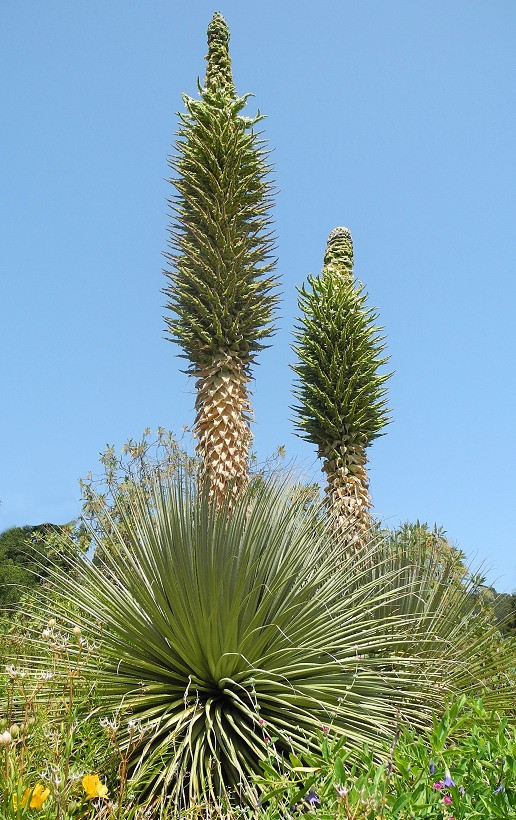 Source: Strange Wonderful Things
Source: Strange Wonderful Things
This is one of the largest species of bromeliads and can reach heights of up to 30 feet (9 meters). The plant consists of a basal rosette of long, rigid, spiky leaves that can extend up to 10 feet (3 meters) in length. These leaves are sharp and serrated, acting as a defense mechanism against herbivores.
The most impressive feature of Puya Raimondii is its enormous inflorescence. The plant produces a tall, branching flower spike that can reach heights of up to 30 feet (9 meters) as well.
#5. Giant Himalayan Lily
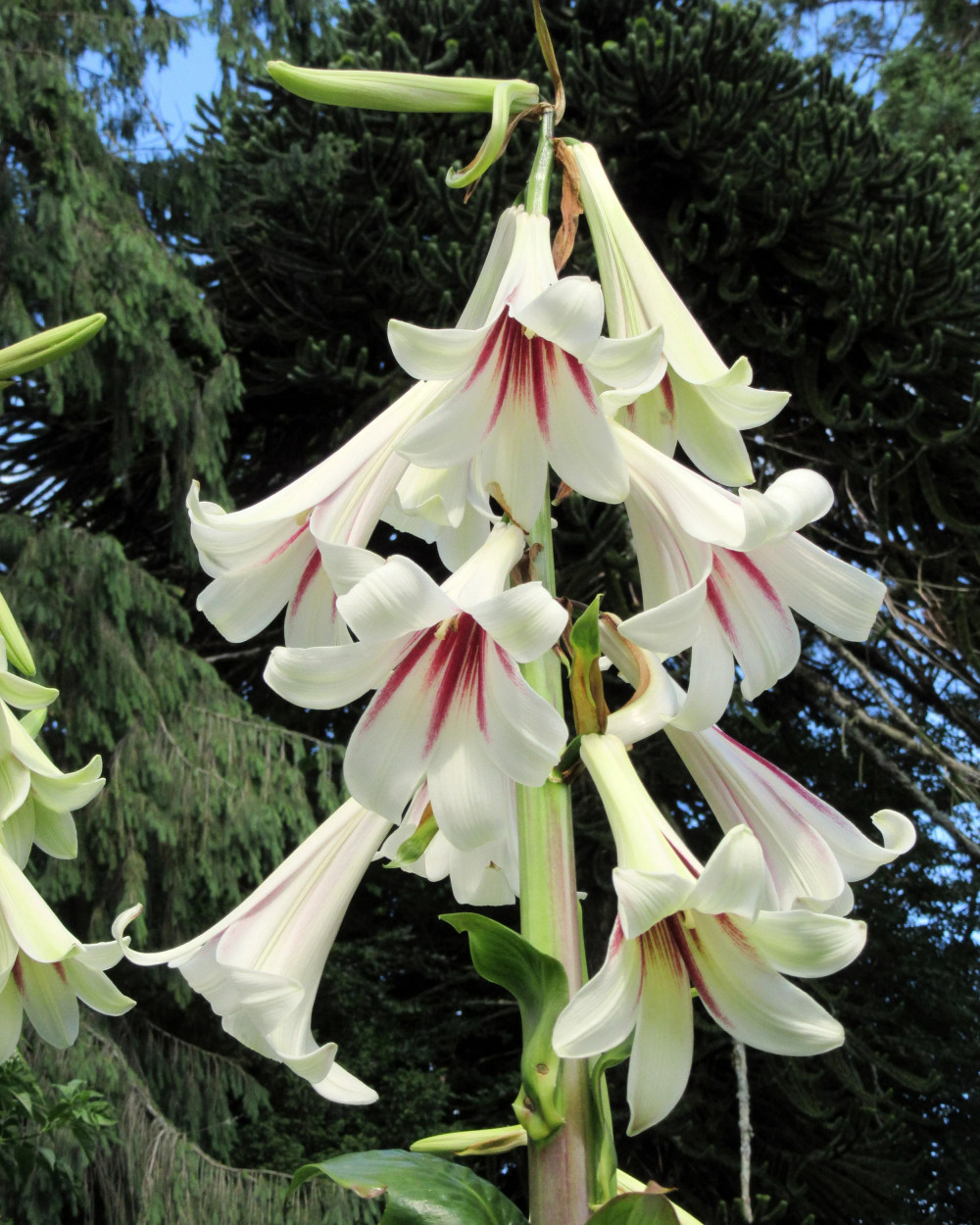 Source: Farmer Gracy
Source: Farmer Gracy
The Giant Himalayan Lily, scientifically known as Cardiocrinum Giganteum, is an impressive flowering plant native to the Himalayan regions of Nepal, Bhutan, and India. As its name suggests, this lily species is known for its remarkable size and striking appearance.
The Giant Himalayan Lily is a perennial plant that can reach towering heights, often exceeding 6 feet (1.8 meters) in height. It features sturdy stems with large, glossy green leaves that form an attractive rosette at the base. The leaves themselves can grow up to 2 feet (60 centimeters) long, creating a lush and tropical look.
#6. Tree Peony (Paeonia Suffruticosa)
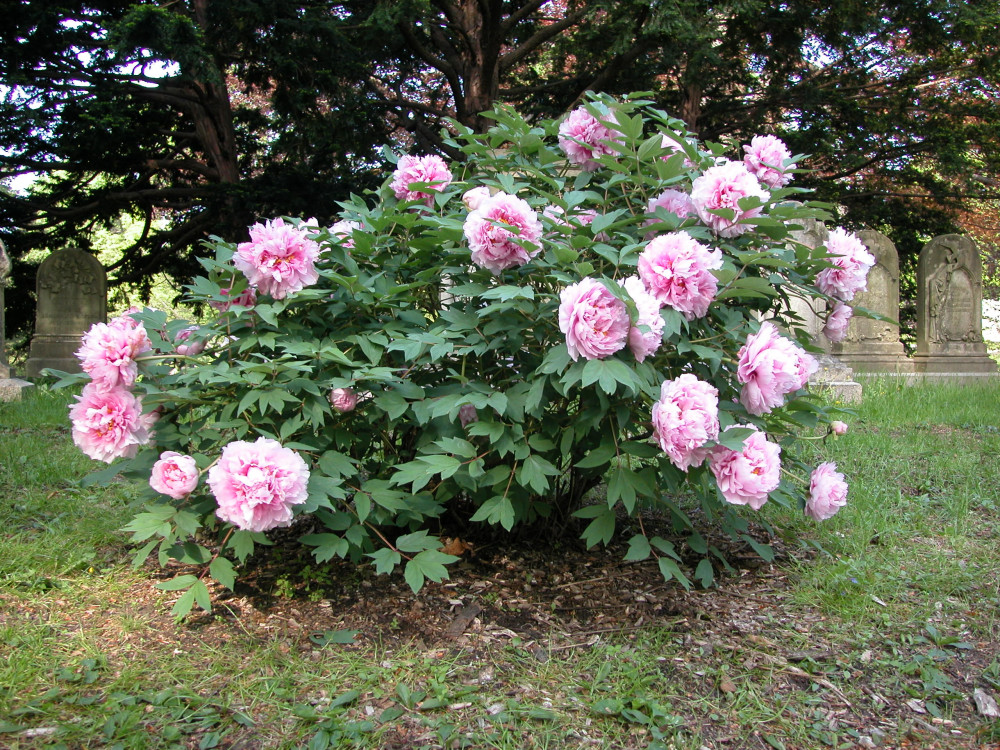 Source: Sylvan Gardens Landscape Contractors
Source: Sylvan Gardens Landscape Contractors
Unlike the herbaceous peonies, which die back to the ground in winter, the Tree Peony is a deciduous shrub that develops a woody structure. It can reach a height of 3 to 6 feet (1 to 2 meters) and has a spreading habit. The plant produces multiple sturdy stems with deep green, glossy leaves that provide an attractive backdrop to the flowers.
One of the most alluring features of the Tree Peony is its exquisite flowers. They come in a wide range of colors, including shades of pink, white, red, purple, and yellow. The flowers can be single, semi-double, or fully double, with a central cluster of prominent stamens surrounded by layered petals.
#7. Protea-Cynaroides (King Protea)
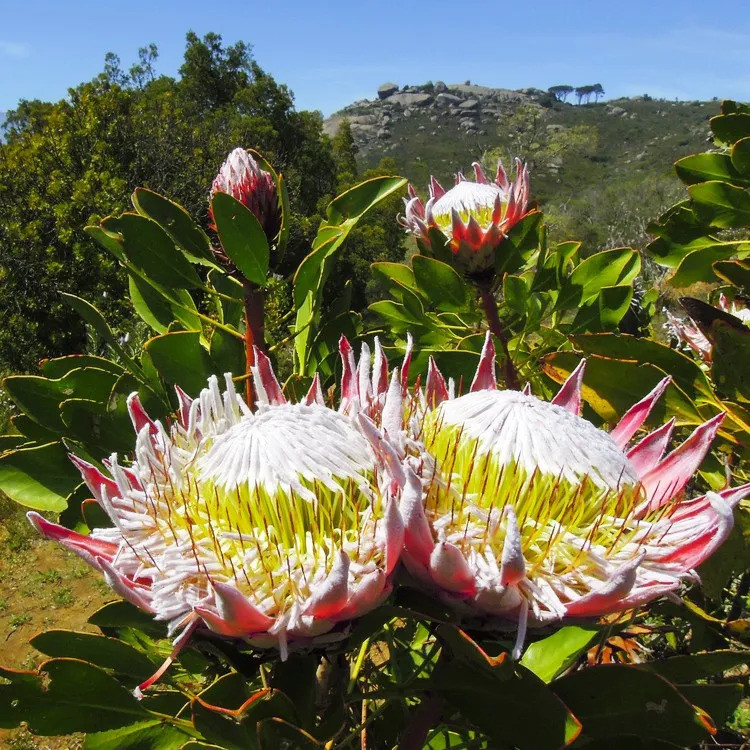 Source: Media Storehouse
Source: Media Storehouse
Protea cynaroides, commonly known as the King Protea, is a magnificent flowering plant native to the southwestern regions of South Africa. It is the largest and most iconic species in the Protea family, known for its striking appearance and regal presence. The King Protea features a large flower head that can reach up to 12 inches (30 centimeters) in diameter. The flower head is composed of numerous dense, overlapping bracts that form a cup-shaped structure. The bracts come in a variety of colors, including shades of pink, cream, and deep crimson, with a velvety texture. The center of the flower head is adorned with a cluster of small, pollen-bearing flowers.
#8. Cobra Lily (Darlingtonia Californica)
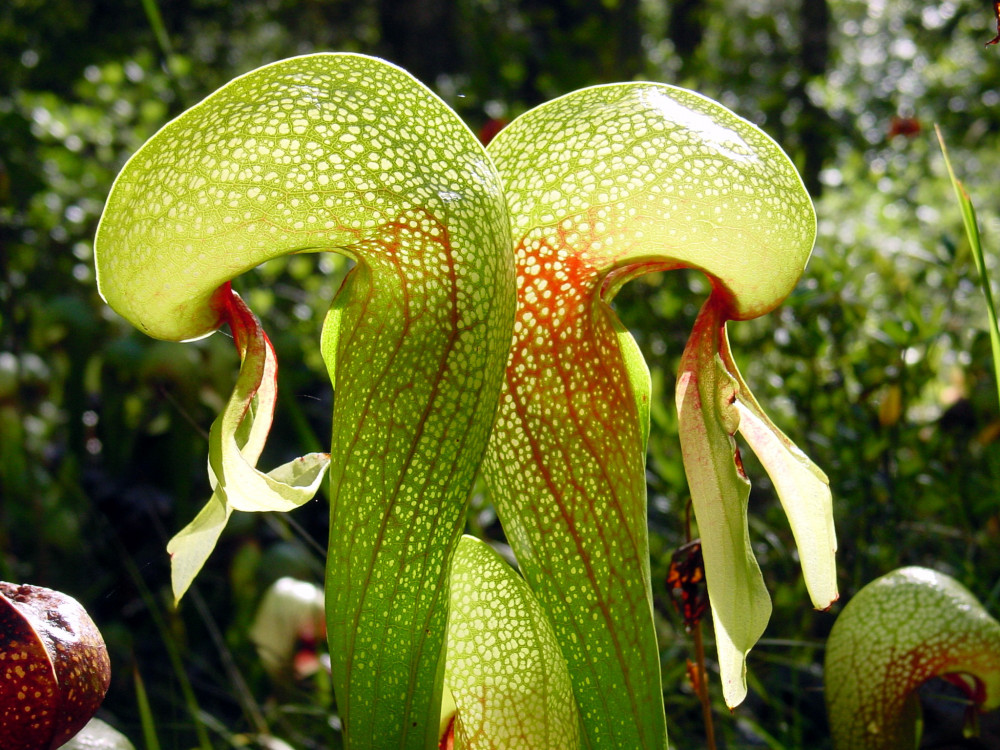 Source: Wikipedia
Source: Wikipedia
The Cobra Lily, or Darlingtonia californica, is a captivating carnivorous plant known for its pitcher-shaped leaves and unique predatory adaptations. Its resemblance to a cobra and its carnivorous nature make it a captivating and sought-after plant among enthusiasts of unusual and remarkable flora. One of the most notable features of the Cobra Lily is its carnivorous nature.
The plant lures insects into its pitcher-like leaves using a combination of enticing colors, nectar secretions, and deceptive visual cues. Once inside the pitcher, the prey becomes trapped and eventually succumbs to the digestive enzymes present within the plant’s fluids.
#9. Talipot Palm (Corypha Umbraculifera)
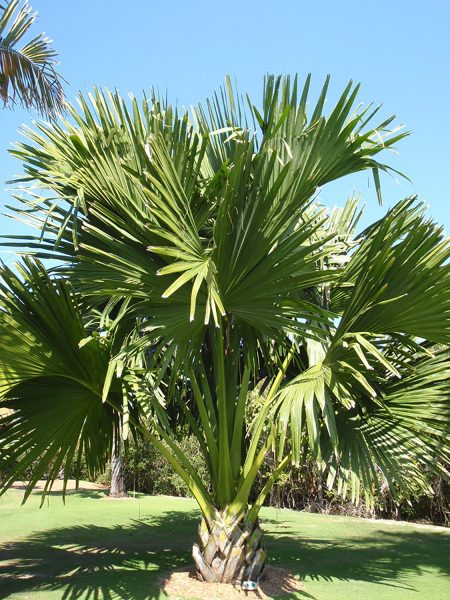 Source: D’Asign Source Botanicals
Source: D’Asign Source Botanicals
The Talipot Palm, scientifically known as Corypha umbraculifera, is a majestic and remarkable palm tree native to Sri Lanka and southern India. It is one of the largest palms in the world and is notable for its enormous size, unique growth pattern, and impressive reproductive cycle.
The Talipot Palm is characterized by a robust trunk that can reach heights of up to 80 feet (25 meters) and a diameter of about 3 feet (1 meter). It has a fan-shaped crown with large, circular leaves that can span up to 15 feet (5 meters) in diameter. The leaves are deeply divided into numerous segments and are held atop long, sturdy petioles.
One of the most extraordinary features of the Talipot Palm is its flowering and reproductive cycle. This palm is monocarpic, meaning it flowers only once in its lifetime, typically after 30 to 80 years of growth.
